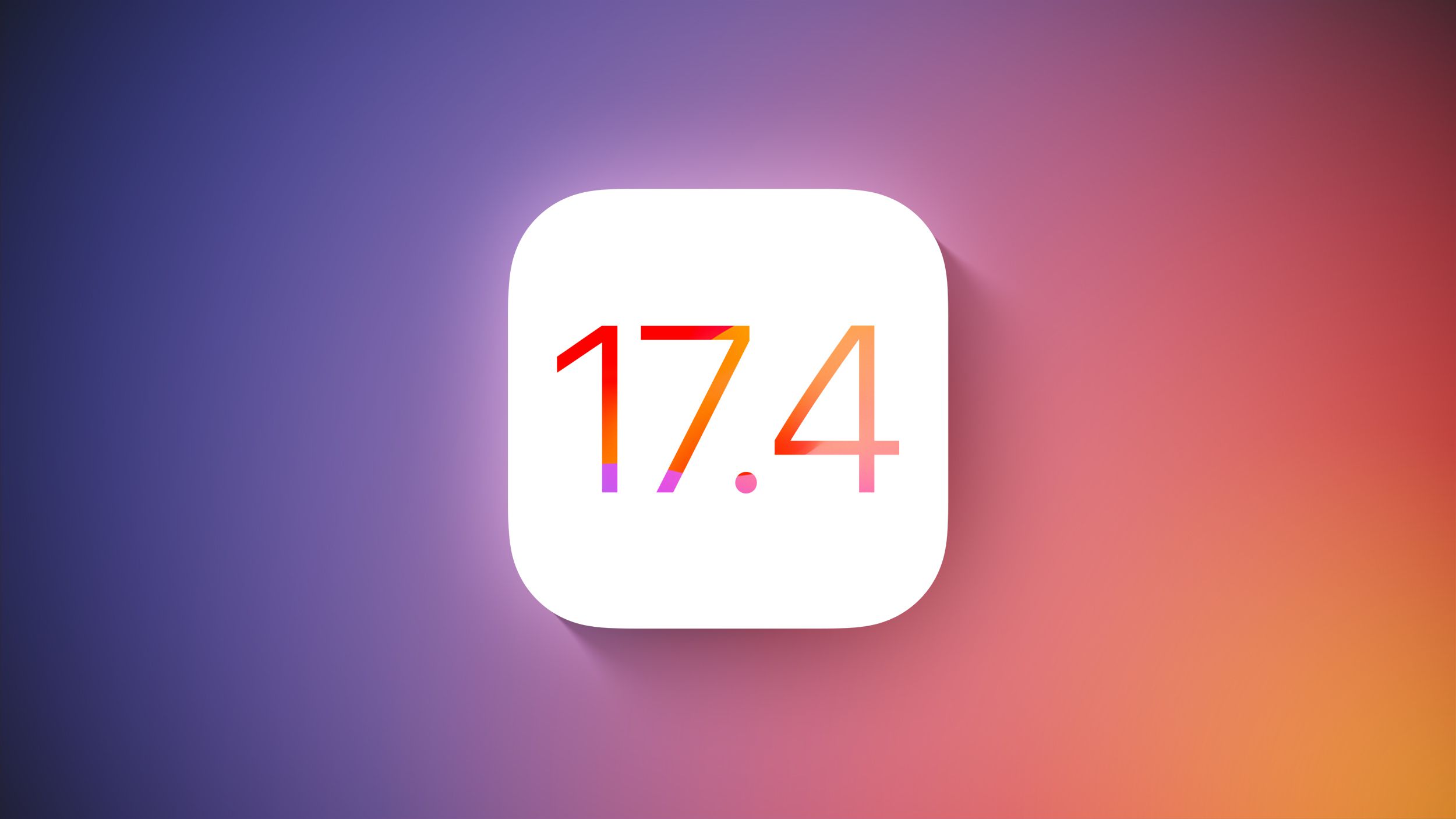Following the release of the second beta version of iOS 17.4, it emerged that Apple had restricted the functionality of iOS web apps in the EU. Web apps could no longer launch from the Home Screen in their own top-level window that takes up the entire screen, relegating them to a simple shortcut with an option to open within Safari instead.
The move was heavily criticized by groups like Open Web Advocacy, which started a petition in an effort to persuade Apple to reverse the change, and it even caught the attention of the European Commission. Now, Apple has backtracked and says that Home Screen web apps that use WebKit in the EU will continue to function as expected upon the release of iOS 17.4.



Ah yes, MacRumors falsely reporting… Apple’s own statements, right…:
Previously: https://web.archive.org/web/20240216001557/https://developer.apple.com/support/dma-and-apps-in-the-eu/
Now: https://developer.apple.com/support/dma-and-apps-in-the-eu/
Yes, it is. The only change being made is that WebKit home apps are being allowed. Since Apple couldn’t create the Home app frameworks for third party apps, they disabled all of them to comply with the new rules. This just means that, unless the EU says otherwise, Home Screen WebKit apps are still ok without needing to open to third-party engines. This is a non-story as that is already the currently released functionality and the change was only made because Apple was attempting to be conservative with its compliance.
I bet they could if they wanted to tbh.
You bet they could place shortcut icons to websites on a grid of icons? Pretty bold statement there.
I don’t think they could, at least not in the timeframe provided by the EU. That’s the entire (and only) reason they’re reverting to the existing implementation. The existing law, as written, doesn’t seem to apply to PWAs.